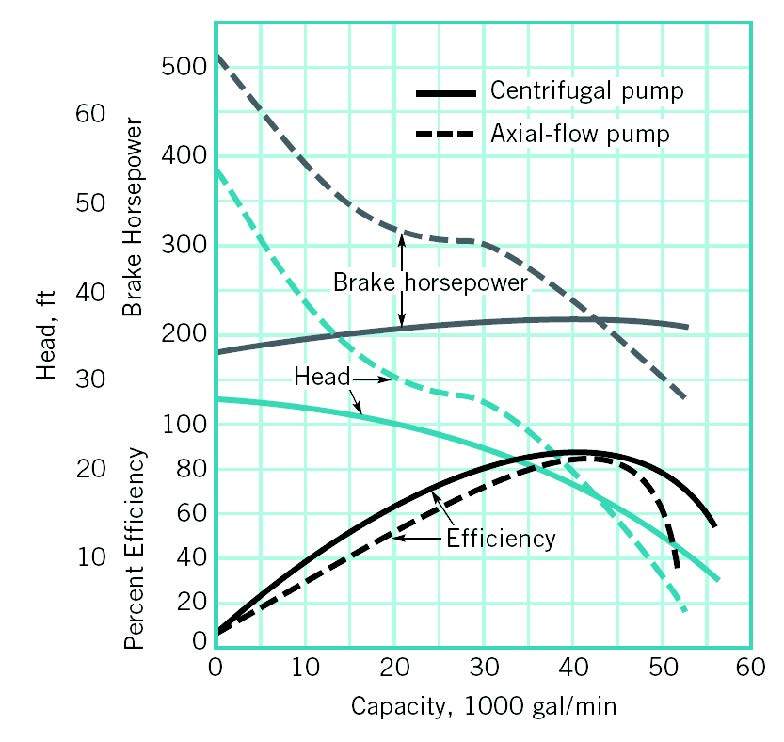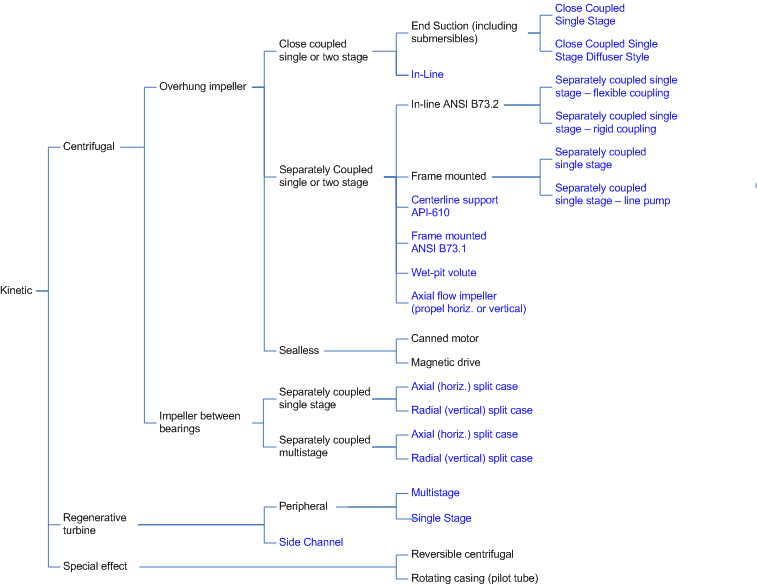tuneball
Mining
- Jul 4, 2015
- 14
Hello,
Can someone please explain why BHP decreases as flow increases on a Axial Flow pump curve.
Thanks
Can someone please explain why BHP decreases as flow increases on a Axial Flow pump curve.
Thanks


